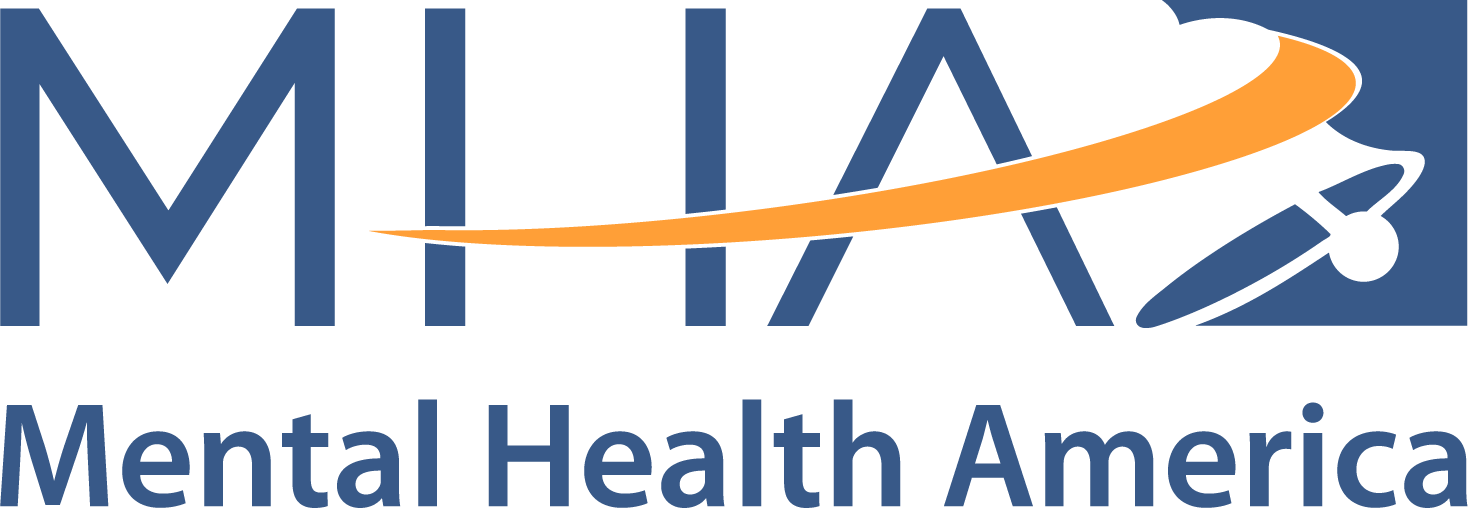Special education services are guaranteed to every child who needs them. But there’s a formal process you have to follow to get them.
They are entitled to them under a federal law called the Individuals with Disabilities Education Act, or IDEA. The IDEA guarantees a free, appropriate public education in the least restrictive environment possible for that child.
Those terms in bold are important to remember, because they help explain why a school district might decide to offer an out-of-district placement, or why a child may get services in a regular classroom as opposed to a separate classroom. They also make it clear that all special education services must be at no cost to the family.
The process of getting a child into special education can be a long one. It usually goes like this:
- The child’s teacher identifies a need based on something he or she has observed in class, such as a difference in behavior or learning. The child is referred for an evaluation. This process does not have to begin with the teacher—parents can also start the process if they have a concern.
- Next, school personnel, like a school psychologist or a special education teacher, will do an evaluation. If parents aren’t satisfied with the evaluation, they can have the child evaluated by someone independent of the school.
- After the evaluations are completed, the school can schedule a meeting with the parents, the child (if the child is older), the teacher, a special education teacher, an administrator, and others who together are designated as a Planning and Placement Team (the name differs from district to district) to plan a modified program for the child. This team must include the parents as equal partners, and the parents can ask for others to be included as well.
- At the meeting – or during a series of meetings – the team will receive formal updates on the child’s progress, and together develop an Individualized Education Plan, or IEP. This is a written document that will include all the modifications to the child’s program that are agreed to.
- At any time in the process, the school can – and often will – offer informal services to the child to help them stay on track.
- Once the plan is agreed to and in writing, the child’s education will be guided by that plan going forward.
The plan should be reviewed annually, and significant changes should be considered whenever necessary. This should occur at least once every three years.
Special education services do not have to be permanent. When they work well, the student may make enough progress that all team members will agree that the student can be discharged from special education services.
Remember that the purpose of the IDEA is to help kids succeed in school. The IDEA does not cover all the supports a child might need outside of school.
"*" indicates required fields
"*" indicates required fields
"*" indicates required fields
"*" indicates required fields
